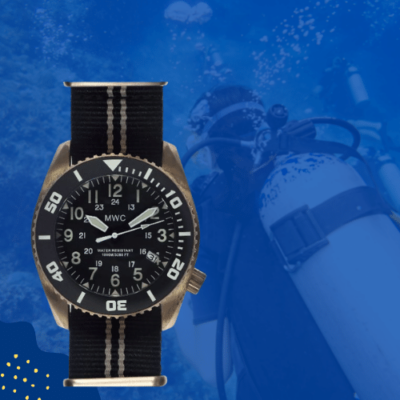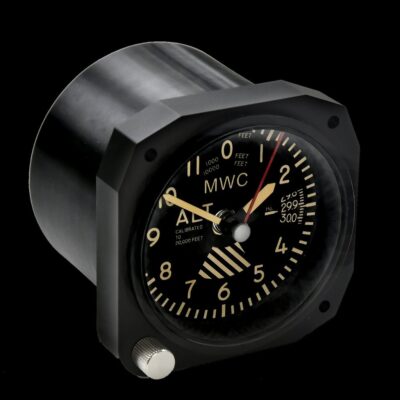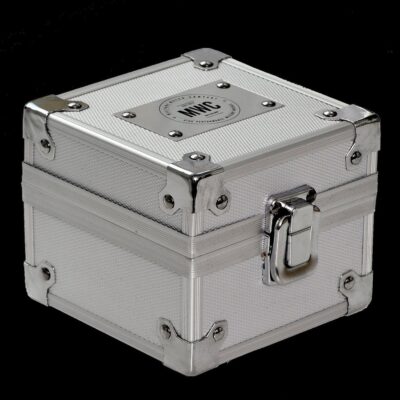News
Russia Deploys Tu-160 Intercontinental Range Bombers to Patrol Arctic Ocean
The Russian Aerospace Forces have deployed Tu-160 intercontinental range strategic bombers for operations over neutral waters in the Arctic Ocean, at a time of rising tensions in the region between the country and Western Bloc states. The Russian Defence Ministry reported regarding the operations: “The Tu-160 strategic missile carriers completed a scheduled flight in the airspace over neutral waters of the Arctic Ocean. The flight lasted more than 11 hours.” Entering service from the late 1980s, the Tu-160 is currently the only type of intercontinental range bomber in production worldwide, with production of the American B-2 having ended in 2000, while the new American B-21 and Chinese H-20 bombers have yet to enter production. The aircraft provides a number of unique long range engagement capabilities, which has made the small fleet highly prized, and led Russia to invest heavily in expanding numbers with the goal of fielding approximately 70 aircraft.
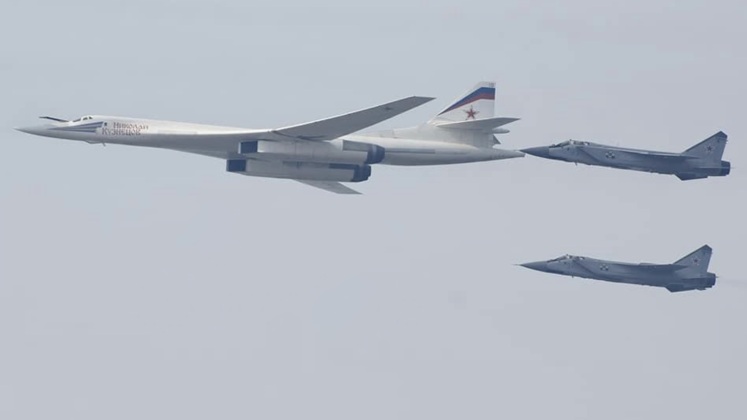
NATO members have rapidly expanded their military presences in the Arctic, with the U.S. having prioritised bases in Alaska to receive F-22 and F-35 fifth generation fighters, while planning to deploy more F-35s in Finland near the Russian Arctic. The U.S. Navy’s most capable supercarrier USS Gerald Ford in September led a small fleet for operations in the Arctic Circle, which was considered a further show of force aimed at Russia. In early November the U.S. Air Force deployed a B-52H strategic bomber from Moron Air Base in Spain for operations near the Russian Arctic, with the aircraft receiving an escort from Finnish Air Force F-18 fighters and support from Finnish joint terminal attack controllers. Multiple factors have combined to give the Arctic considerable strategic value, including its vast and increasingly accessible natural resources, the short distance between the United States and Russia allowing both to launch nuclear attacks across it, and the growing importance of the North Sea Route allowing for a circumventing of Western controlled waters in trade.
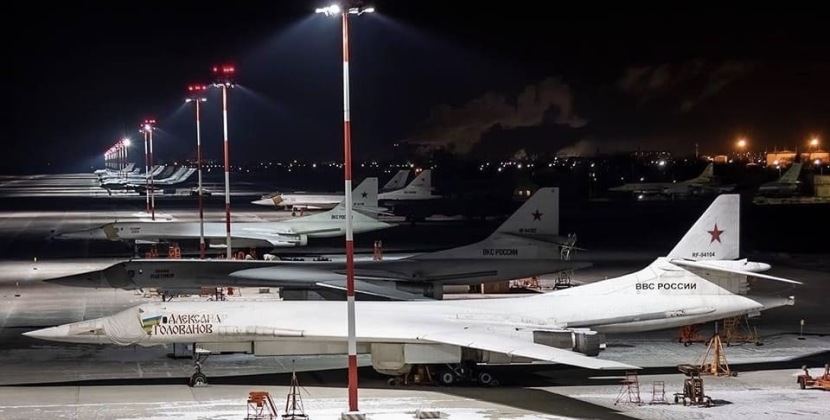
The high value of the Tu-160 has led Ukrainian forces operating with extensive Western support to launch multiple attempted strikes on the fleet’s primary operating facility, Engels-2 Airbase, the most recent of which caused a major fire on June 6. A portion of the Tu-160 fleet was subsequently redeployed toAnadyr Airbase, one of the easternmost points on the Asian continent, which a number of analysts speculated was influenced by the need to protect the aircraft at a time of escalated attacks on bomber bases. The aircraft were in mid-June employed to strike targets in Ukraine for the first time as part of the ongoing war effort. A number of new armaments, including hypersonic weapons, are currently under development for the Tu-160, complementing the bomber fleet’s current primary armament of Kh-101 radar evading cruise missiles, and their nuclear armed counterparts the Kh-102, which have ranges estimated at close to 5000 kilometres.



